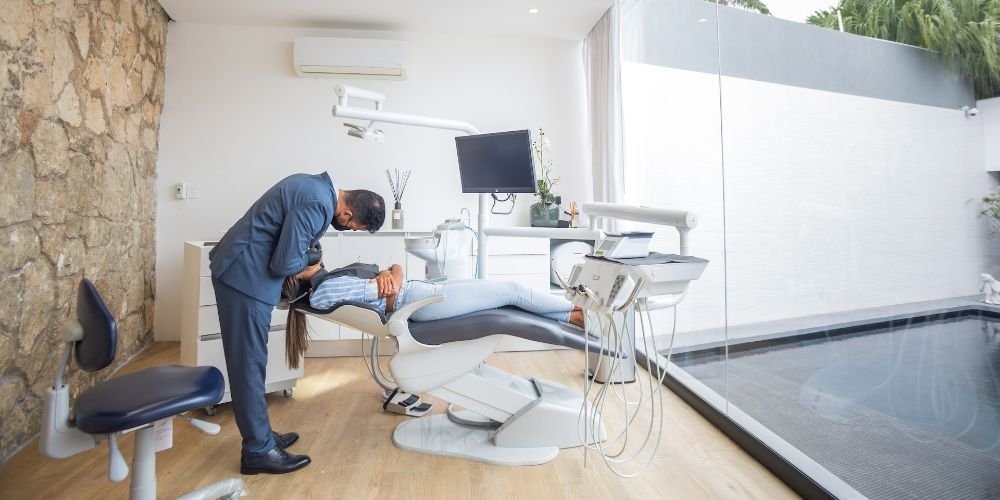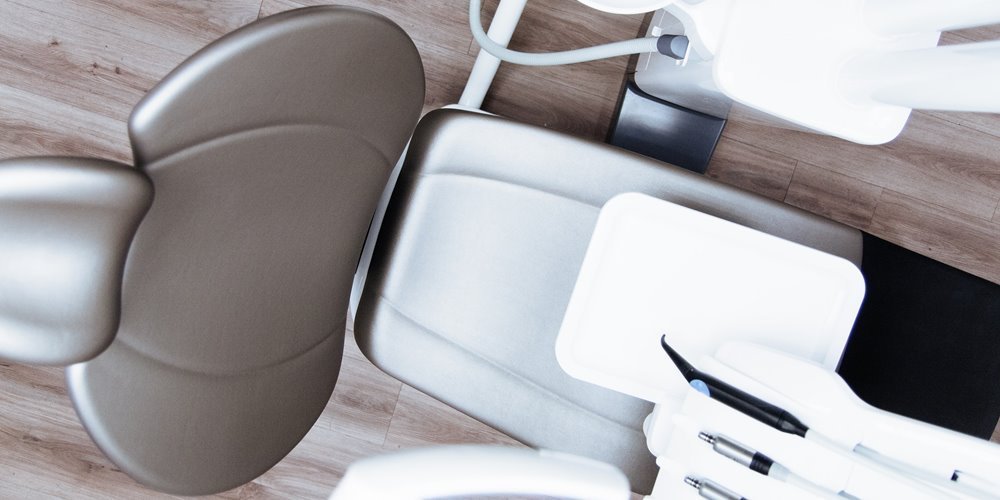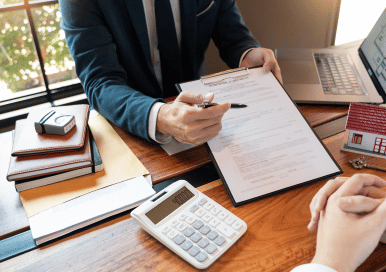Factors Affecting the Value of Dental Real Estate

The value of a dental practice isn’t solely measured by the expertise of the dental professionals but also by the real estate that supports it. The relationship between the value of a dental practice and the real estate it occupies is intricate, as the success of the practice and the property’s market value are closely intertwined.
While the core of a dental practice lies in delivering exceptional patient care, the bricks and mortar that house the practice play an equally pivotal role. We’ll explore how aspects such as annual production, cash flow, contracts, lease terms, and more can significantly impact the worth of dental practice real estate.
Understanding these factors not only aids dental practitioners in making informed decisions but also offers valuable insights to investors looking to capitalize on the dynamic dental industry.
Key Factors Influencing the Value of Dental Real Estate
When assessing dental real estate’s value, it’s essential to recognize the pivotal factors that contribute to its overall worth. These factors go beyond the property’s physical structure and extend into the financial health of the dental practice itself. Let’s delve into the key influencers that can make or break the value of dental real estate.
1. Annual Production
Dental practices generate revenue through annual production, encompassing the array of patient services. The higher the annual production, the more patients the practice serves, resulting in increased patient flow and potentially higher demand for the property.
Practices with a robust annual production tend to attract more attention from potential buyers or investors due to their established patient base and growth potential. A thriving practice can translate into heightened value for the associated real estate.
2. Cash Flow
Cash flow is the lifeblood of any business, and dental practices are no exception. A dental practice with consistent and healthy cash flow indicates operational success and contributes to the overall value of the real estate it occupies.
A steady stream of income not only ensures that lease payments are met and enhances the property’s market appeal. Investors are more likely to view properties tied to successful practices as safer and more lucrative investments, thus impacting the property’s value.
3. Contracts
Contracts within the dental industry encompass agreements with suppliers, insurance companies, and other entities that contribute to the practice’s operations. Favorable contracts can significantly impact the value of dental real estate.
Contracts that secure consistent supply chains, reimbursements, and partnerships can provide stability and predictability, thus elevating the property’s worth. These contracts not only safeguard the practice’s financial health but also enhance the attractiveness of the real estate to potential buyers.

4. Lease Terms and Structure
The terms and structure of the lease agreement between the dental practice and the property owner play a critical role in determining the value of dental real estate. Lease duration, escalation clauses, and lease-to-own options all contribute to the property’s value. A well-structured lease can provide stability and flexibility for both the practice and potential buyers. Lease terms that align with the practice’s growth trajectory and financial goals can enhance the property’s market appeal and influence its overall valuation.
5. Location and Demographics
A dental practice’s geographical location significantly impacts the value of its associated real estate. Proximity to densely populated areas, thriving commercial districts, and other businesses can enhance the property’s value.
Additionally, understanding the demographics of the area, including factors like population growth and income levels, can provide insights into the potential patient base and demand for dental services. A prime location with favorable demographics can elevate the attractiveness of the real estate and contribute to higher valuation.
6. Infrastructure and Amenities
The physical condition of the dental office and any additional amenities present also influence the value of dental real estate. A well-maintained and modern infrastructure provides a conducive environment for patient care and reflects positively on the property’s market appeal. State-of-the-art equipment, comfortable waiting areas, and innovative technology can increase valuation by showcasing the practice’s commitment to excellence.
Conclusion
The value of dental real estate is a complex interplay of financial, operational, and external factors. Understanding and addressing the factors we have mentioned is essential for dental practitioners seeking to maximize the worth of their practice and property and for investors aiming to make strategic real estate decisions.
By recognizing the symbiotic relationship between dental practice value and real estate value, professionals can more effectively navigate the intricate landscape of dental practice investments. Whether you’re a dental practitioner, an investor, or a stakeholder in the dental industry, a holistic understanding of these factors empowers you to make well-informed choices that align with your financial goals and vision for the future.
As the dental landscape continues to evolve, the interplay between practice success and property value remains a cornerstone in shaping the trajectory of the industry.




